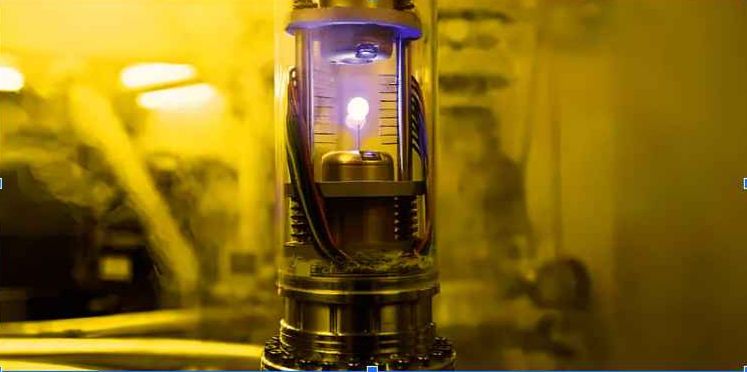Antimatter: The Universe's Missing Twin
- Jonathan Handoko
- Sep 29, 2024
- 3 min read

Antimatter, one of the most intriguing and mysterious aspects of modern physics, is way too often overlooked by the average human being. As a matter of fact, I bet you’ve never heard about it before. Antimatter holds the key to understanding the universe in ways that might sound like science fiction. But as perplexing and fantastical as it may seem, antimatter is real, and it is as fascinating as it is elusive.
Antimatter is the “mirror image” of regular matter — these are your normal solids, liquids, and gases. Just like how your reflection in the mirror displays a reversed image of yourself, antimatter is a reflection of matter with opposite charges. For example, an electron is a particle of normal matter, and it has a negative charge. The antimatter counterpart of the electron, which is the positron, has a positive charge. Matter and antimatter are always produced together, and if they come into contact with each other, they will annihilate each other, leaving behind only pure energy. The annihilation process of a single pair of matter and antimatter particles can release as much energy as a nuclear explosion!
The Universe, as we all know, is made out of matter. However, during the Big Bang, equal amounts of matter and antimatter should have been created, since matter and antimatter are always produced as a pair. During the first fractions of a second of the Big Bang, scientists predict that the new, hot and dense Universe was buzzing with particle-antiparticle pairs popping in and out of existence. So, why is there way much more matter than antimatter today? This inconsistency still remains as one of physics’ greatest mysteries.
Antimatter has several practical applications. Positron Emission Tomography (PET) scans use positrons to create detailed models and images of the human body, helping doctors and medical professionals diagnose and monitor diseases. Researchers are also finding ways to use antimatter as an energy source and for propulsion in space travel. But those are still very far from becoming a reality because it is very difficult to produce and store antimatter.
Producing antimatter is a complicated process that only happens in environments where there are high amounts of energy, such as particle accelerators. These machines smash particles together at almost the speed of light, which only sometimes creates antimatter particles. This makes the production of antimatter very expensive - 1 gram of antimatter currently costs 62 trillion dollars (Hardiman, 2023).
Despite its rarity, antimatter is still one of the most compelling fields in science, having the potential for groundbreaking discoveries and revolutionary technology. Scientists are still searching for more clues about antimatter. Experiments conducted at the Large Hadron Collider (LHC) and the Alpha Magnetic Spectrometer (AMS-02) aim to understand antimatter better, which may reveal why our universe is dominated by matter and what role antimatter plays in the Universe.
So next time you find yourself thinking about the mysteries of the cosmos, remember that antimatter might just hold the answers to some of the Universe’s most profound questions.
References:
Sutter, P. (2019). The Universe’s Dark Secret: Where did all the antimatter go? Space.com. https://www.space.com/where-did-all-the-antimatter-go.html
Hardiman, J. (2023). Most expensive substance on Earth “costs $62 trillion for just one gram.” UNILAD. https://www.unilad.com/news/world-news/whats-the-most-expensive-substance-on-earth-888753-20230816
Ucl. (2023). What happens when matter and antimatter collide? Culture Online. https://www.ucl.ac.uk/culture-online/case-studies/2022/mar/what-happens-when-matter-and-antimatter-collide
Halper, M. (2011). The practical uses of antimatter. ZDNET. https://www.zdnet.com/article/the-practical-uses-of-antimatter/
Comments